In the context of a volatile global economy , international trade is increasingly affected by protectionist policies, in which the US's reciprocal tax policy is a factor affecting Vietnam's key export industries, including textiles and garments.
Vietnam's textile and garment industry, which has an export turnover of more than 40 billion USD/year and creates jobs for more than 2.5 million workers, is facing higher requirements on origin, environment and supply chain.
However, there is still a “bright spot” in that picture - the Vietnam - European Union Free Trade Agreement (EVFTA), which is considered a “second door” to help the textile and garment industry diversify its market, reduce dependence on the United States and take advantage of extensive tariff incentives from the EU.
To clarify the challenges of the textile and garment industry, as well as the accompanying policies of the Ministry of Industry and Trade with the business community in this context, Cong Thuong Newspaper had an interview with Mr. Pham Nhu Phuong - Head of the Import-Export Department, Import-Export Department, Ministry of Industry and Trade.
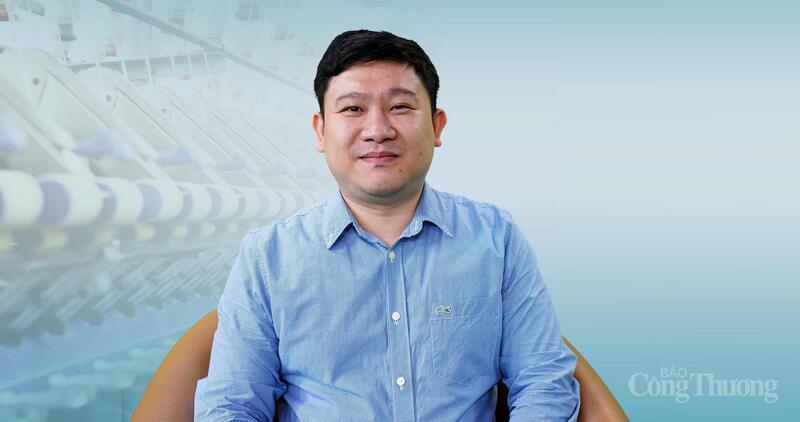
Mr. Pham Nhu Phuong - Head of Import-Export Department, Import-Export Department, Ministry of Industry and Trade.
EVFTA brings many tariff advantages for textile and garment exports
Sir, how has the US reciprocal tax policy affected Vietnam's textile and garment exports to this market?
Mr. Pham Nhu Phuong: As we know, from August 7, 2025, the United States will begin applying a 20% reciprocal tax policy on Vietnamese export goods. This is a big challenge for many industries in general and the textile industry in particular.
According to statistics, in the first 10 months of 2025, the total textile and garment export turnover reached about 32.9 billion USD, an increase of 7.6% over the same period in 2024. Particularly for the US market, the textile and garment export turnover to this market reached 14.81 billion USD, an increase of 11.3% over the same period.
This result mainly comes from orders that were signed and cooperated before the US imposed reciprocal taxes. The US's issuance of reciprocal tax policies has had a significant impact on the export activities of the Vietnamese textile and garment industry.
In the context of many challenges, the EVFTA is considered a “strategic alternative channel” for the Vietnamese textile and garment industry. In your opinion, what is the specific mechanism to help Vietnamese enterprises shift to the EU more effectively? What solutions will the Ministry of Industry and Trade implement in the coming time to support enterprises to maintain export growth momentum and make the most of the EVFTA?
Mr. Pham Nhu Phuong : The EVFTA has brought many tariff advantages to Vietnam's textile and garment exports. Meeting the standards and regulations in the EVFTA to increase exports to the EU market is a driving force for businesses to increase production and expand export scale; at the same time, it encourages Vietnamese textile and garment enterprises to participate and invest more deeply in the global textile and garment supply chain, from dyeing, sewing to intermediate stages; thereby helping businesses increase the localization rate and added value of products.

The EVFTA is opening a “second door” - helping the Vietnamese textile and garment industry diversify its export markets.
The EU is Vietnam's second largest export market and the EVFTA is opening a "second door" - helping the Vietnamese textile and garment industry reduce market risks, while moving towards a greener and more sustainable production model according to European standards.
However, to better take advantage of the tariff incentives in the Agreement, manufacturing and exporting enterprises must invest in technology and comply with the rules of origin from fabric onwards. And this rule is still one of the major challenges for the Vietnamese textile and garment industry.
To meet this standard, it is necessary to incorporate the contents of economic integration and free trade agreements into the training and teaching process to have high-quality human resources to serve the production and business activities of enterprises. From there, it will help the Vietnamese textile and garment industry to be less dependent on imported fabrics.
On the part of the Ministry of Industry and Trade, the first task is to continue to promote and organize conferences and seminars so that businesses, subjects affected by the reciprocal tax policy, subjects in the supply chain... can grasp the incentives and advantages from EVFTA.
At the same time, coordinate with training institutions to include in the curriculum the rules of origin and the application of rules of origin to enjoy preferential taxes from EVFTA. This is a very important task.
In addition, with a network of more than 60 Vietnamese trade offices abroad - an extension of the Ministry of Industry and Trade, the Ministry will also direct, coordinate, and urge the organization of practical connections between Vietnamese enterprises and the EU market through conferences, seminars, and working programs to create opportunities for trade cooperation.
Sustainable development and branding
What is the Ministry of Industry and Trade’s orientation in improving the competitiveness of textile and garment enterprises through green supply chains and digital export? What recommendations do you have for textile and garment exporting enterprises in making the most of incentives from EVFTA to boost exports?
Mr. Pham Nhu Phuong : First of all, it must be affirmed that the Ministry of Industry and Trade as well as other ministries and branches always accompany businesses in controlling emission sources and promoting recycled waste treatment technology and aiming at the goal of reducing greenhouse gas emissions as well as building a green and strong environmental industry. Along with that, priority is always given to trade promotion programs for circular products and supporting businesses in building a traceability system, meeting the requirements of information transparency and transparency of raw materials in the export supply chain.
In addition, the Ministry of Industry and Trade also regularly has related programs to support businesses such as: National trade promotion program, national brand program... or support policy mechanisms from programs such as national industrial promotion program, supporting industry program...
These programs focus on building mechanisms, policies, and support measures to help businesses transform domestically, convert technology, reduce emissions in production and business, and address energy consumption issues, ensure operations for workers, and improve worker quality.
Regarding recommendations, first of all , businesses should place orders with training facilities. Because, to take advantage of EVFTA incentives, we must understand what the rules of origin are. We must understand the production process to meet the priorities of the EU market on circulation and green. Businesses are the ones who understand very well the requirements of the import market, from which they will place orders with training facilities.
Through the training program, training institutions will respond and supply high-quality human resources, human resources that understand the requirements of the import market to businesses. This is a win-win cooperation between businesses and training institutions.
Second, from high-quality human resources, businesses can invest in research and development to apply modern technology in production, increase automation, apply AI, digital transformation in production chains, management chains, and supply chains, thereby improving labor productivity and optimizing production costs. These solutions will help businesses adapt to the US's reciprocal tax policy.
Third, businesses need to focus on sustainable development and brand building. This is an inevitable direction. If you want to enter the EVFTA market, you must research the use of recycled materials and reduce emissions during the production process to optimize resource use. In addition, you need to increase the localization rate to meet the rules of origin in EVFTA.
Thank you!
Looking back at the period from when the Vietnam - EU Free Trade Agreement (EVFTA) came into effect on August 1, 2020 to the end of 2024, the total two-way import-export turnover increased from 55.4 billion USD in 2020 to 68.3 billion USD in 2024.
Of which, Vietnam's export turnover to the EU reached 40.1 billion USD in 2020, increasing to 51.6 billion USD in 2024, an increase of about 28.6%, and the trade surplus between Vietnam and the EU increased from 24.8 billion USD in 2020 to 34.9 billion USD.
Source: https://congthuong.vn/evfta-mo-ra-canh-cua-thu-hai-nganh-det-may-giam-rui-ro-thi-truong-431195.html










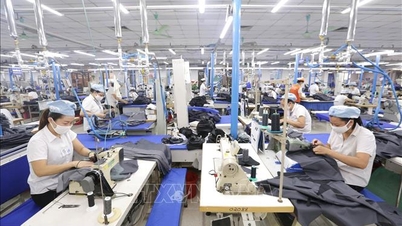



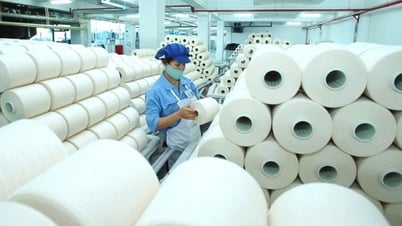
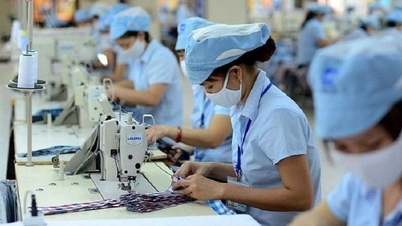

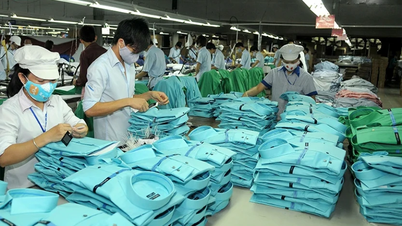



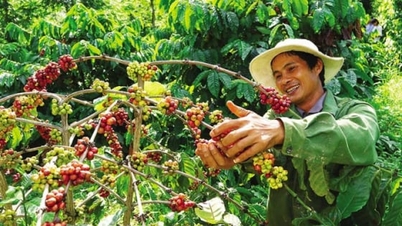



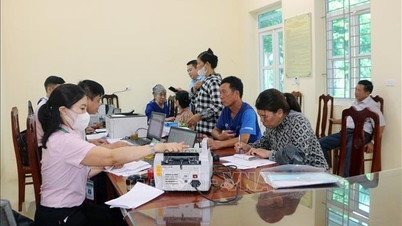





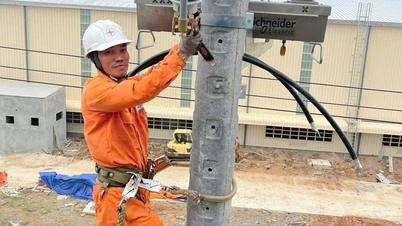
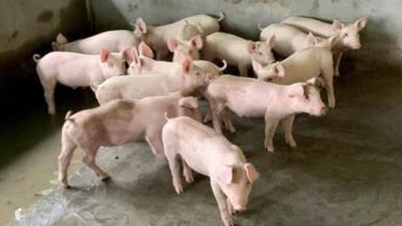

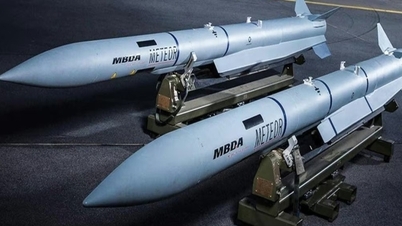




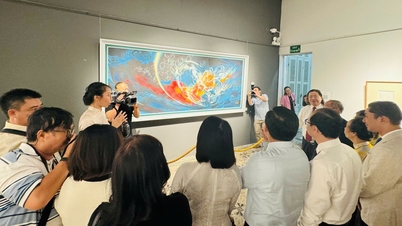

























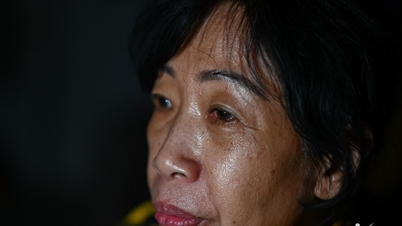




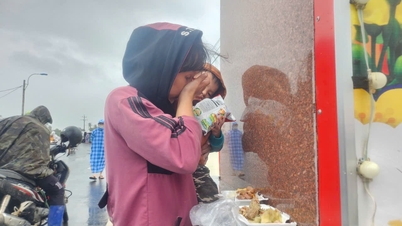

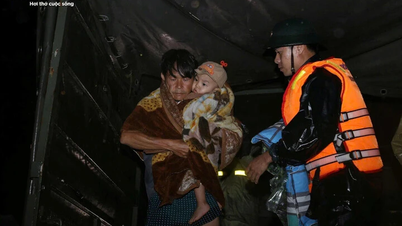














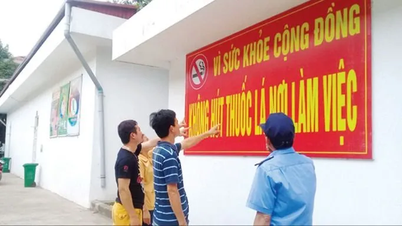


















Comment (0)